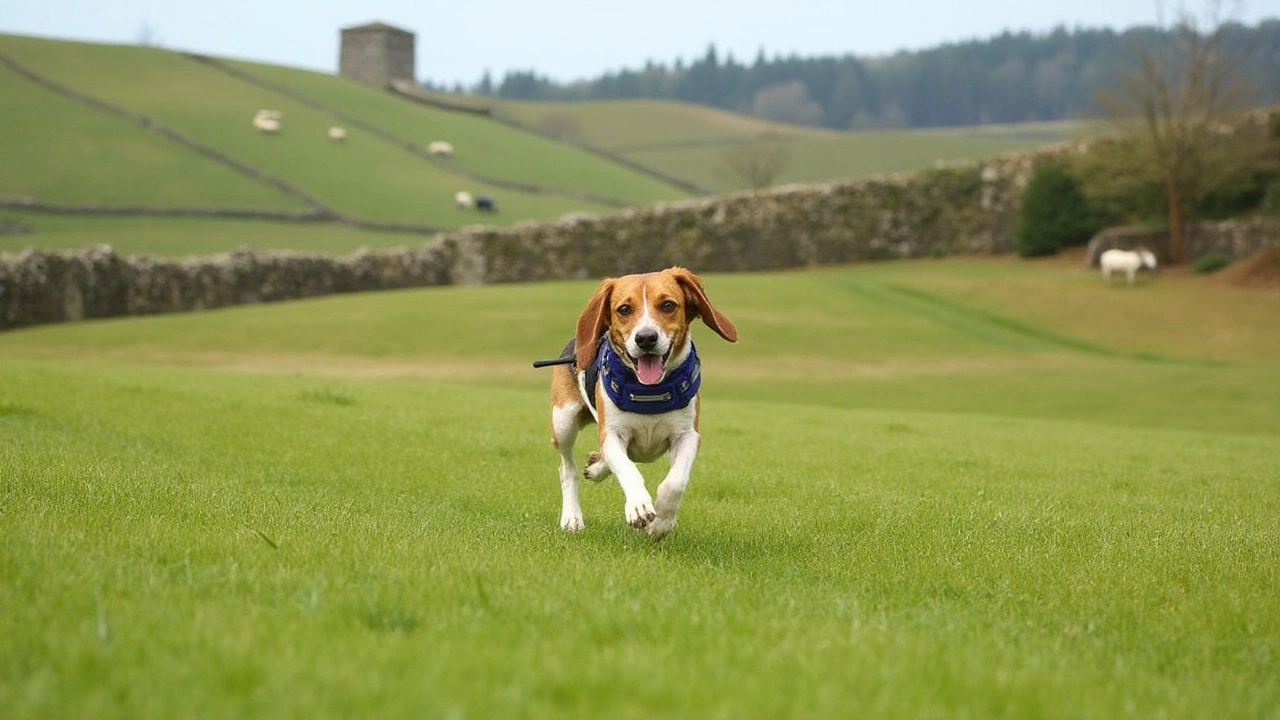Escape Proof Collar: The Simple Way to Stop Your Dog’s Great Escapes
If you’ve ever chased a pup that slipped out of its collar, you know the panic that follows. An escape proof collar is built to stop that moment before it happens. It’s not a magic trick – it’s a sturdier buckle, a tougher strap, and a design that makes it hard for a dog to wriggle free. Below you’ll find the basics you need to pick the right one and use it safely.
Why Choose an Escape Proof Collar
Regular collars can bite, slide, or snap under a determined dog’s pull. Escape proof collars use reinforced stitching, double‑lock buckles, and often a break‑away safety feature that only gives way under extreme pressure (like if your dog gets caught on a fence). This means you get two benefits: less chance of a runaway and added peace of mind during walks, trips to the park, or backyard play.
Another perk is durability. Many escape proof collars are made from nylon or silicone that resists chewing and weather. If your dog loves water or loves to chew, a tougher material means the collar lasts longer, saving you money in the long run.
Picking the Right Collar for Your Dog
Start with size. Measure your dog’s neck where the collar will sit – usually a bit higher than the jaw – and add a couple of inches for a comfortable fit. A collar that’s too loose lets a clever dog slip out; too tight can hurt the throat.
Look for a solid buckle. Quick‑release buckles feel convenient, but they’re the first thing a dog will tug at. Metal or heavy‑duty plastic buckles with a second safety lock are the sweet spot. Some brands also add a reflective strip for night walks – a small bonus that boosts visibility.If you have a large or strong breed, consider a collar with a chain loop or a leash attachment that’s built to handle more force. Smaller dogs benefit from lighter materials so the collar doesn’t feel heavy.
Finally, read reviews. Real‑world feedback tells you if the collar truly lives up to its “escape proof” claim. Look for comments about durability, ease of use, and whether the safety release works as advertised.
Once you have the collar, test it at home. Slip it on, give it a gentle pull, and try to wiggle it off. If it stays put but isn’t choking your dog, you’re good to go. Remember to check the fit regularly as your pup grows or gains weight.
Escape proof collars aren’t a substitute for good training, but they’re a solid backup when your dog’s curiosity gets the best of them. Pair the collar with basic recall commands and a secure yard, and you’ll cut down on those heart‑racing escapes.
Ready to buy? Browse our selection of top‑rated escape proof collars, compare features, and pick the one that matches your dog’s size and activity level. A good collar costs a little more upfront, but the safety and peace of mind are priceless.
Posted By Bryndle Redding On 22 Dec 2024 Comments (0)
Best Dog Collars for Escape Artist Pups
Collars crafted for adventurous dogs require unique features to keep them safe and secure. Understanding what makes a collar escape-proof can make a world of difference for pet owners with escapist pups. This article explores various types of collars designed to prevent dogs from slipping away, highlighting important features, advantages, and tips to ensure your dog stays safely by your side. Whether it's for a bold Beagle, a daring Dachshund, or a sneaky Schnauzer, there's a perfect collar out there to match their tenacity.
READ MORE